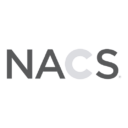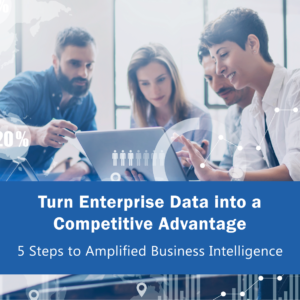
Insights
How does Artificial Intelligence fit into my business?

Within the last several months, Artificial Intelligence (AI) tools and Large Language Models (LLMs) like ChatGPT and Bard by Google have been thrust headfirst into day-to-day conversations both personally and professionally. Already, there have been myriad articles published about AI in the workplace and urging caution in its use. A recent Harvard Business Review headline summed up the issue quite well: “AI Won’t Replace Humans—But Humans With AI Will Replace Humans Without AI”.
In the article and others, AI is mentioned as a tool that needs to be understood and integrated into organizations to increase efficiency. Where should your business begin and what concerns should you have?
Offer Employees Direction
Even without a full-blown AI usage program, giving employees clear direction on where and how AI can be used within your company is crucial. Concerns about consumer privacy, business trade secrets, non-disclosure agreements, the use of copyrighted information, and even the accuracy of ChatGPT’s output need to be addressed in this guidance, or else employees may opt to make their own choices about use of these tools in the workplace.
AI as of this writing has not shown itself to be infallible, and recent articles seem to hint at ChatGPT getting “dumber” and unable to answer the same questions with the same accuracy as it did a few months ago. Daniel Kahan, Delivery Lead at W. Capra cautioned, “A directive from within the organization that empowers employees with AI-based tools without guardrails will compromise your organization’s effectiveness, as AI models are trained on all of the data you feed them.”
How do I get started?
Using a third party to lead your organization in thinking about how AI can introduce operational efficiencies to the way you process data to generate insights and manage process flows. Jonathan Gardner, Consultant at W. Capra added, “We at W. Capra are always thinking about ways to improve operational excellence and boost efficiency when we deliver a project for our clients. Layering on our Data Privacy and Data Science capabilities, we are helping clients to roadmap and implement AI tools as part of their current business processes.”
Any strategy should consider how and when AI is used and should use a framework of trying and failing rapidly to get AI tuned for the tasks it is taking on within the organization. However, the linchpin of any strategy will rely on the cleanliness, reliability, and accessibility of data.
What do I tell consumers?
Being transparent about where you have operational inefficiencies today, and to what degree you retain quality, structured customer data, is key. Kahan added, “Recent data privacy initiatives compelled organizations to rethink their collection of consumer data. While those same organizations have now mapped where data resides, the effective adoption of AI will inspire industry leaders to adopt a standardized structure for that data.” Engaging with W. Capra to think through practical use cases for AI and corresponding data strategy inputs will help you ensure your organization can continue to lead the competitive landscape.
Daniel Kahan and Jonathan Gardner are dedicated to assisting W. Capra clients securely improve their operations. For further discussion, contact Daniel at dkahan@wcapra.com or Jonathan at jgardner@wcapra.com.
Related Insights
Turn Enterprise Data into a Competitive Advantage
Amplify your business intelligence resources and tools to provide accurate, consistent, and trusted data. In the quest to establish a […]
First-Party Data Monetization in Convenience and Energy
Many convenience and energy retailers are sitting on a valuable asset that they have not yet fully monetized: first party data. This data, collected from consumer interactions and transactions, can unveil valuable insights into consumer behavior and preferences.
Want to stay in touch? Subscribe to the Newsletter








